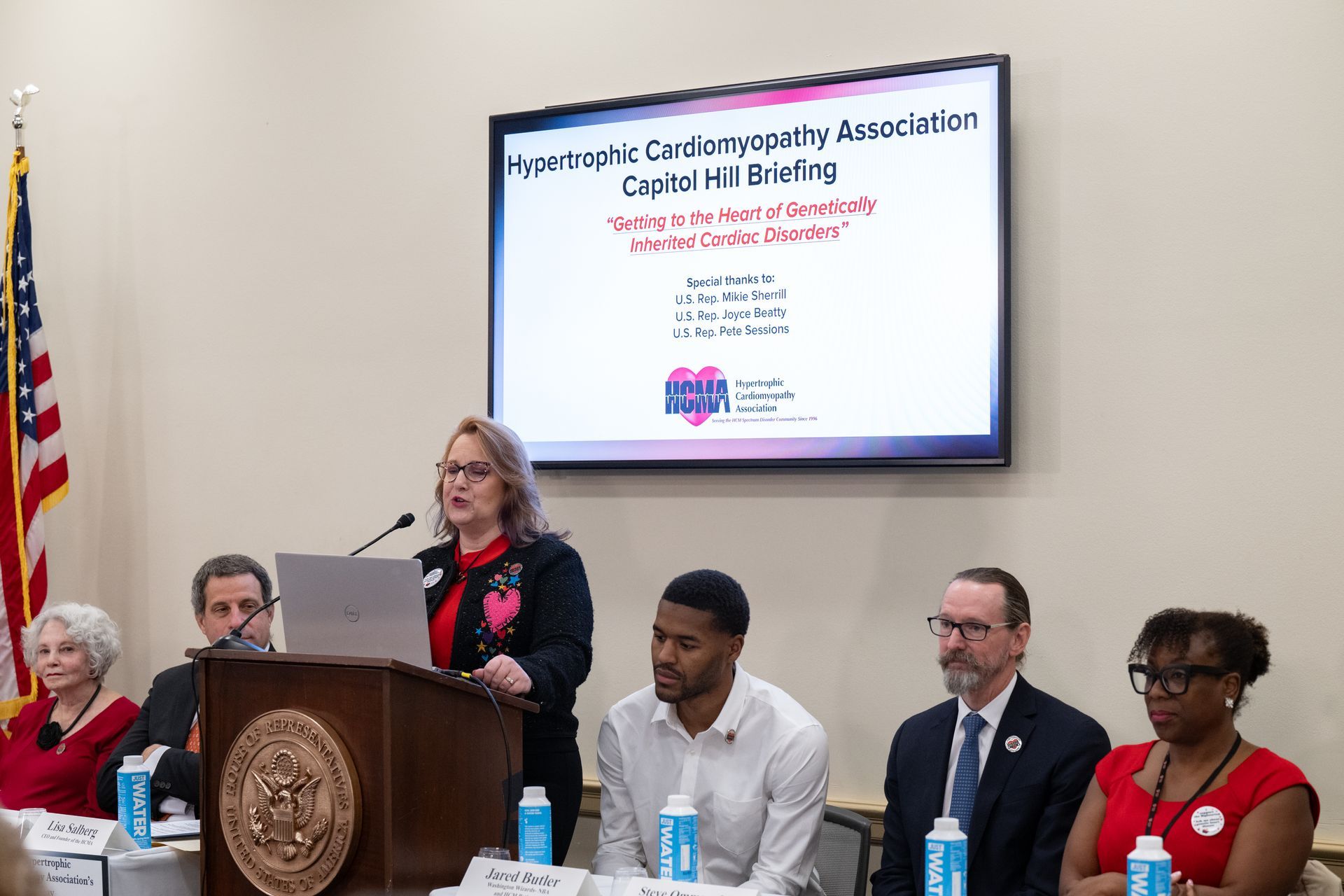What is the recall: Philips is notifying customers of a potential issue with the Adult SMART Pads Cartridge (M5071A) and the Infant/Child SMART Pads Cartridge (M5072A) for use specifically with the HeartStart HS1/OnSite/Home AEDs.
Which AED pads does it affect : This recall affects only the Philips Adult SMART Pads Cartridge [REF: M5071A] and the Infant/Child SMART Pads Cartridge [REF: M5072A] for use with the HeartStart HS1/OnSite/Home AEDs.
Why are these pad cartridges recalled : Philips has identified that for affected pads, some gel may fold onto itself, resulting in reduced surface area of gel on the pad, or it may separate almost completely leaving only a small amount of gel on the pad to make contact with a patient’s skin. If this occurs, the HS1 AED could deliver less effective or ineffective therapy. As affected pads are stored in sealed cartridges, this issue will not be visible until the cartridge is opened for use.
How to check if it affects me : M5071A Adult and M5072A Infant/child pads cartridges with a LOT number that begins with “Y” may experience the issue. You can check this on your cartridge box.
What should I do if it affects my device : Philips will provide to customers who respond one updated Adult pads cartridge, free-of-charge, per HS1/OnSite/Home AED in service. Unexpired M5071A spare pads cartridges with a LOT number that begins with “Y” will be replaced, free-of-charge. Infant/child pads cartridge updates will be handled separately. If you own an M5072A Infant/child pads cartridge, Philips will provide, free-of-charge, update M5072A Infant/child pads cartridges when available to replace unexpired Infant/child pads cartridges.
If affected, you can respond by clicking here. https://philips.efmfeedback.com/se/705E3ED86F40D00301

What if I need to use my AED before I receive new pads:
- Continue using the HS1 AED and pads as-is. During use, ensure the majority of the pad surface is covered with gel and apply the pads to the patient. If you notice the gel beginning to separate from the foam backing as you peel, try to prevent the gel from folding onto itself if possible. Do not hesitate to apply the pads to the patient unless the gel has almost completely separated from the backing. In case of trouble, install spare pads if available and continue the rescue. No matter the state of the pads, follow the voice prompts because the AED will walk you through the necessary actions.
- Do not try to examine the pads’ gel prior to patient use. It is not possible to know if your pads are affected by the problem prior to use because the pads are protected by a foil seal. The foil seal on the pads cartridge should be opened only for patient use in an emergency because the pads will quickly dry out if the foil seal is broken.
How can I learn more? You can contact Philips customer service by calling 1-800-263-3342.
You can read more about the Philips recall here .
The post Phillips AED Pad Recall appeared first on Hypertrophic Cardiomyopathy Association.
HCMA Blog


 Translate
Translate
